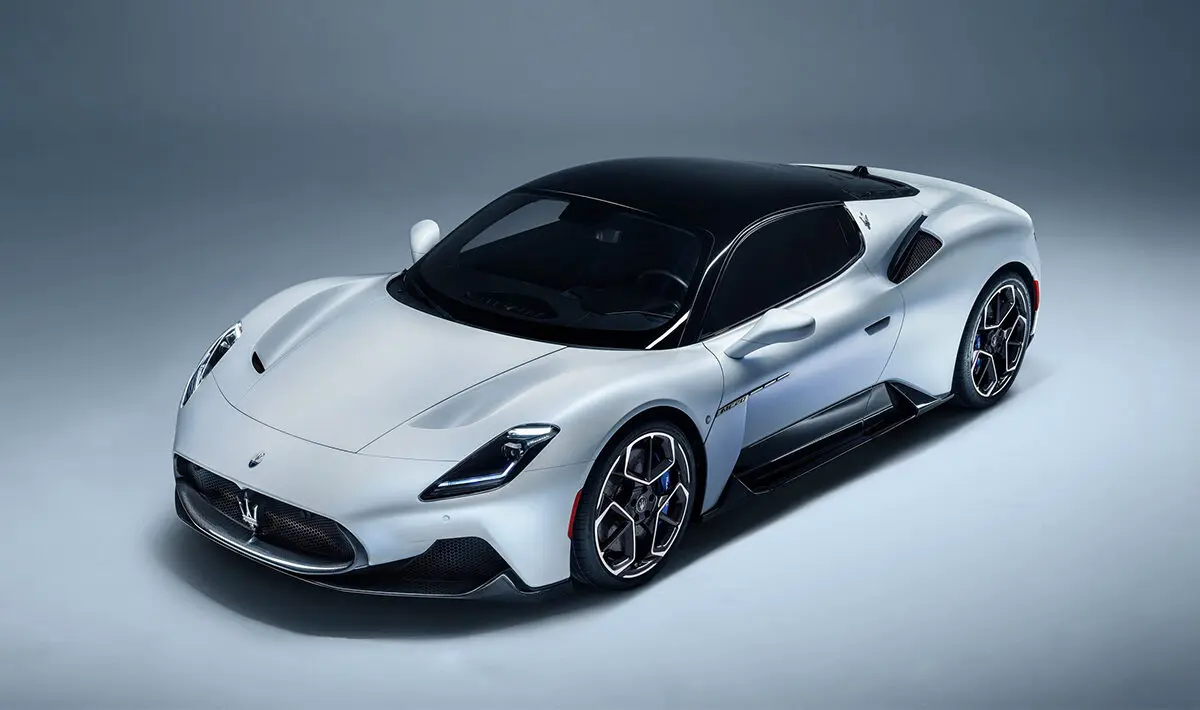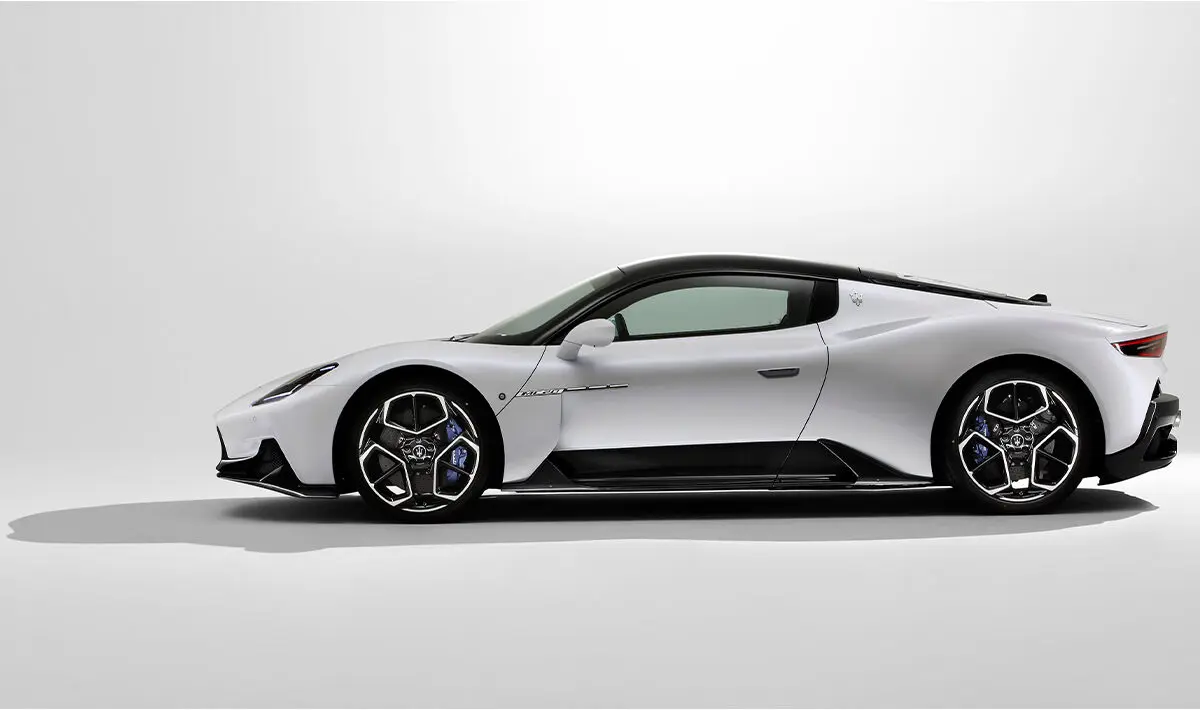Finally, a Proper Sports Car from Maserati



Many car brands will tell you that racing is in their DNA, but in Maserati’s case it’s hard to argue against it. Believe it or not, from the six Maserati brothers, Carlo, the eldest, was making the racing motorbikes back in the 19th century (1898, to be exact). Four of the other brothers, led by Alfieri, became car engineers and racing drivers. Even Mario, seemingly the odd one out, being an artist, designed for the family firm the famous trident Maserati logo. They became one of the great race teams of the 1940s and 1950s, before they even got into the side business of road cars.
If we skip past the slightly sketchy 1980s and 90s to today, we find Maserati diversifying as a luxury car brand. Their saloons and SUVs are exquisite and they have ambitious plans to add several more in the future. However, there was one thing missing in its lineup: a proper sports car.
This explains why the teased and delayed MC20 has become one of the more expectant and highly anticipated unveilings of the last few years. For everyone who has a soft spot for Maserati, as the covers came off it in 2020, they would have been forgiven for performing an internal round of applause.

This is unquestionably a serious machine. The MC, for Maserati Corse, immediately signifies its racing credentials. The 20 represents the year it was made, just like Maserati’s first production, the Tipo 26.
The new V6 engine is a 630 bhp twin-turbo “Nettuno”, developed at Maserati’s Innovation Lab in Modina from F1 technology, sits behind the driver. The carbon-fibre monocoque has been engineered with race chassis experts Dallara. You could say that expectations have been exceeded even before you come to its looks.
Maserati’s most prominent genetics trait, aside from speed, is its style. It has a simpler, more understated approach than its longtime local rival Ferrari, with whom its stormy relationship would make a Netflix mini-series worth watching. Their racing rivalry was once so fierce they would only refer to each other as “that lot down the road”, whilst off track they battled it out as creators of some of the world’s most exceptional cars.

So you may be wondering, how did Maserati approach designing its first super sports car in an already crowded playing field?
Chief designer Klaus Busse revealed that “To stand out, we had to reduce unnecessary elements. This car doesn’t need to scream to everyone, ‘Hey, look at me, see what I can do.’ By sheer proportions, you know that this car is serious.”
Inspiration came via a stone-cold classic from Maserati’s history – the 1954 A6GCS. “It has these free hanging exhaust pipes on the driver’s side that almost look like an afterthought,” says Busse.
This difference between the upper and lower levels became a blueprint for the MC20. “While we remain super pure up here, on the lower part it’s much rawer, almost engineering driven.”

The pristine bodywork is backed up by three scene-stealing features. Firstly, those sublime three-spoke wheels came from a similar design on the Birdcage 75th concept car by Pininfarina . Secondly, at the rear, a symbolic interpretation of the Maserati Trident badge doubles as extra cooling for the engine cover. “Despite being big, it’s subtle”, says Busse. “You only see it on second sight. For me, it’s hands down the coolest emblem in the industry.”
Finally, the doors. “Our goal was to make the owner feel special each they enter and exit. Nothing beats these spectacular butterfly doors.”
Inside the crisp and orderly theme continues. The objective has been on moving things out of the way, avoiding a cramped feeling, which is helped by a slightly higher roof line than normal. It’s estimated that 90% of the car’s switches are on the steering wheel, promoting the cabin’s maxim “hands on the wheel, eyes on the road”. At the front, a smaller, sleeker grille than might have been expected evokes the 2004 MC12.
“This car goes back to the roots of Maserati but at the same time epitomises a new era,” says Busse. “In terms of design, you’re looking at the future face of Maserati.”
It’s a future that will include both an electric and convertible version, a midsize SUV, and brand new Gran Turismo and Quattroporte models. Strangely, without Ferrari this car may never have come to pass. Back when they were both part of the Fiat group, Ferrari’s distinguished status somewhat stalled Masorati’s potential. As Ferrari is now independent, Masorati’s carmaking confidence has returned. After all these years, perhaps this long running rivalry has more left in the tank.
Undoubtedly, the MC20 is a car that won’t fail to gain attention and maybe a little surprise. Busse said he wants ”People to be positively surprised about what we’ve done as a team, to create this overall package. That they realise “oh wow, they really went all in’.”
Read more on
Advertise your Car Show on My Car Heaven.
Get in touch and we can make that happen for you.
Find Out More Advertisement
Advertisement Advertisement
Advertisement Advertisement
Advertisement Advertisement
Advertisement




